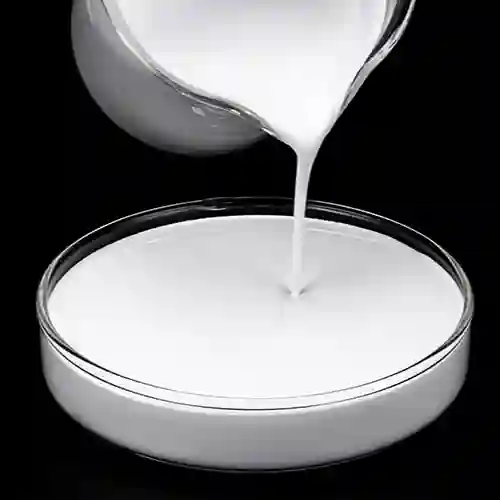Tibet Mag stated that after simple purification of the brine, lime is added as a precipitating agent to produce magnesium hydroxide precipitation. The resulting slurry must be precipitated and filtered to thicken the slurry and wash off excess chloride to make various A solid content slurry.
When preparing the slurry, the stability of the slurry must be affected by physical deflocculation and also by the chloride or cationic surfactant concentration. The physical deflocculation effect is to physically break the magnesium hydroxide clusters without breaking the magnesium hydroxide particles themselves. Such as APV Gaulin homogenizer. Through physical deflocculation, the viscosity of the slurry can be reduced from 200 to 2000mPa·s to about 70 to 700mPa·s, but this must also depend on the concentration of solid chloride and cationic surfactant. The content of cationic surfactant added to the slurry is closely related to the content of chloride, the more chloride content, the greater the dosage of cationic surfactant required to be added. The amounts of cationic surfactant and chloride required can be determined by varying the amounts of each added, other things being equal.
Cationic surfactants include polyamines, polymers of diallylmethylammonium chloride, dimethylamine, and epichlorohydrin polymers.
Cationic polymers and copolymers are used to reduce the viscosity of magnesium hydroxide slurry; adding an appropriate amount of chloride ion and cationic surfactant Holly Fix1 to magnesium hydroxide slurry with high solid content can obtain a stable non-coagulant containing Magnesium hydroxide 50%-60% slurry.

